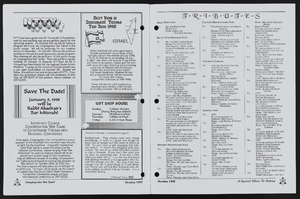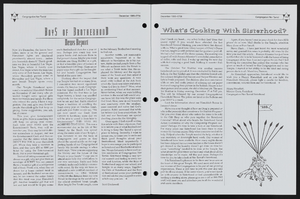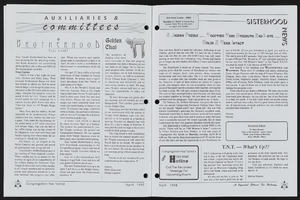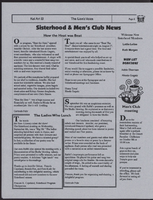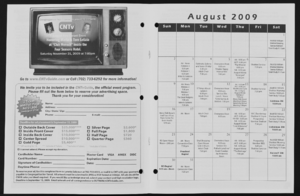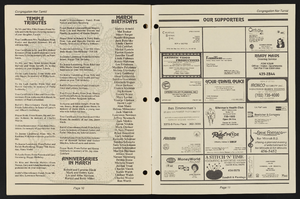Search the Special Collections and Archives Portal
Search Results
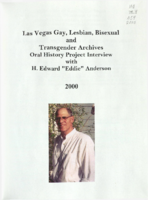
Transcript of interview with Edward "Eddie" Anderson by Dennis McBride, October 11-14, 2000
Date
Archival Collection
Description
Dennis McBride interviews Eddie Anderson (born 1946) about his role in advocating for LGBT rights, specifically his participation in the various political and social movements during previous decades. The interview begins with a discussion of Anderson’s background, including his experiences growing up in children’s homes and living with his grandparents. Anderson mentions marching with his grandparents for both workers’ and women’s rights as some of his first political involvements. Anderson also discusses his original aspirations for becoming a priest as well as his memories of meeting President John F. Kennedy during a visit to his high school when Anderson was student body president. Anderson then discusses travelling to the South, specifically in Selma, Alabama, during one summer while in high school in order to help register Black voters. Anderson then discusses his friendship with Nevada Senator Bill Raggio and his wife, and his joining of the U.S. Navy, where he met President Ri
Text

Interview with Ian Dominic Zabarte, April 4, 2007
Date
Archival Collection
Description
Access note: Audio temporarily sealed. May not quote in any form without written permission from interviewee
Text
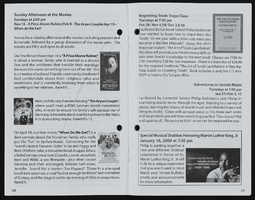
Congregation Ner Tamid pamphlet: "A Sweet Year of Programming & Events, 5769 (2008-2009)"
Date
Archival Collection
Description
A Sweet Year of Programming & Events pamphlet for adult education, family programming, and special events from Congregation Ner Tamid on the Greenspun Campus for Jewish life, learning, and spiritual renewal. The pamphlet includes information on news, meetings, events, statements, and book reviews.
Mixed Content

